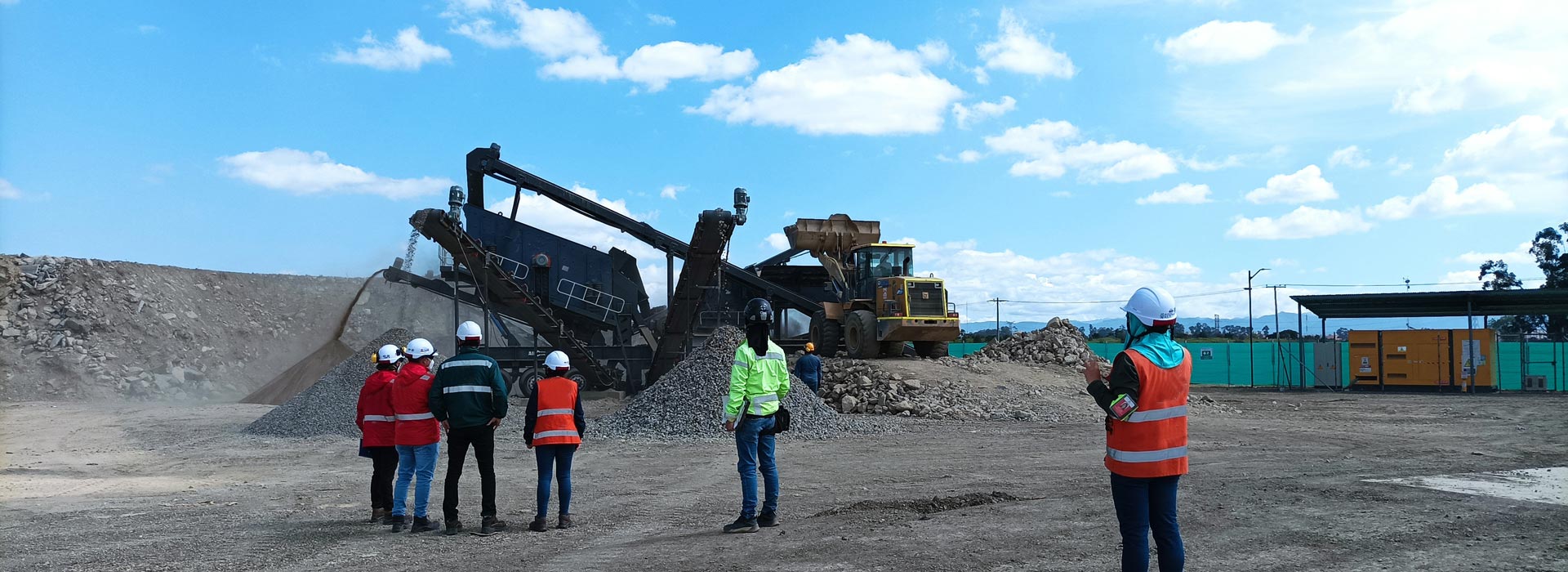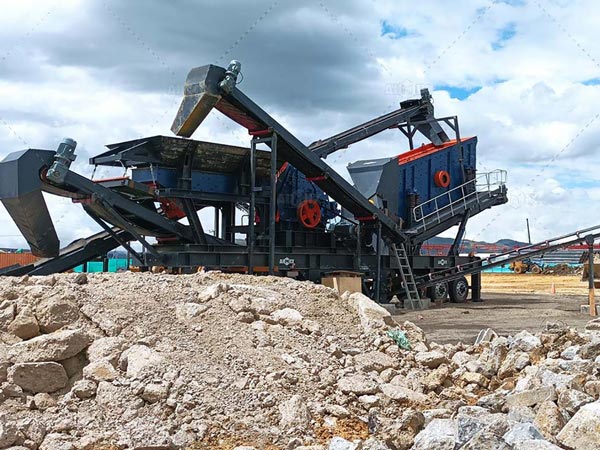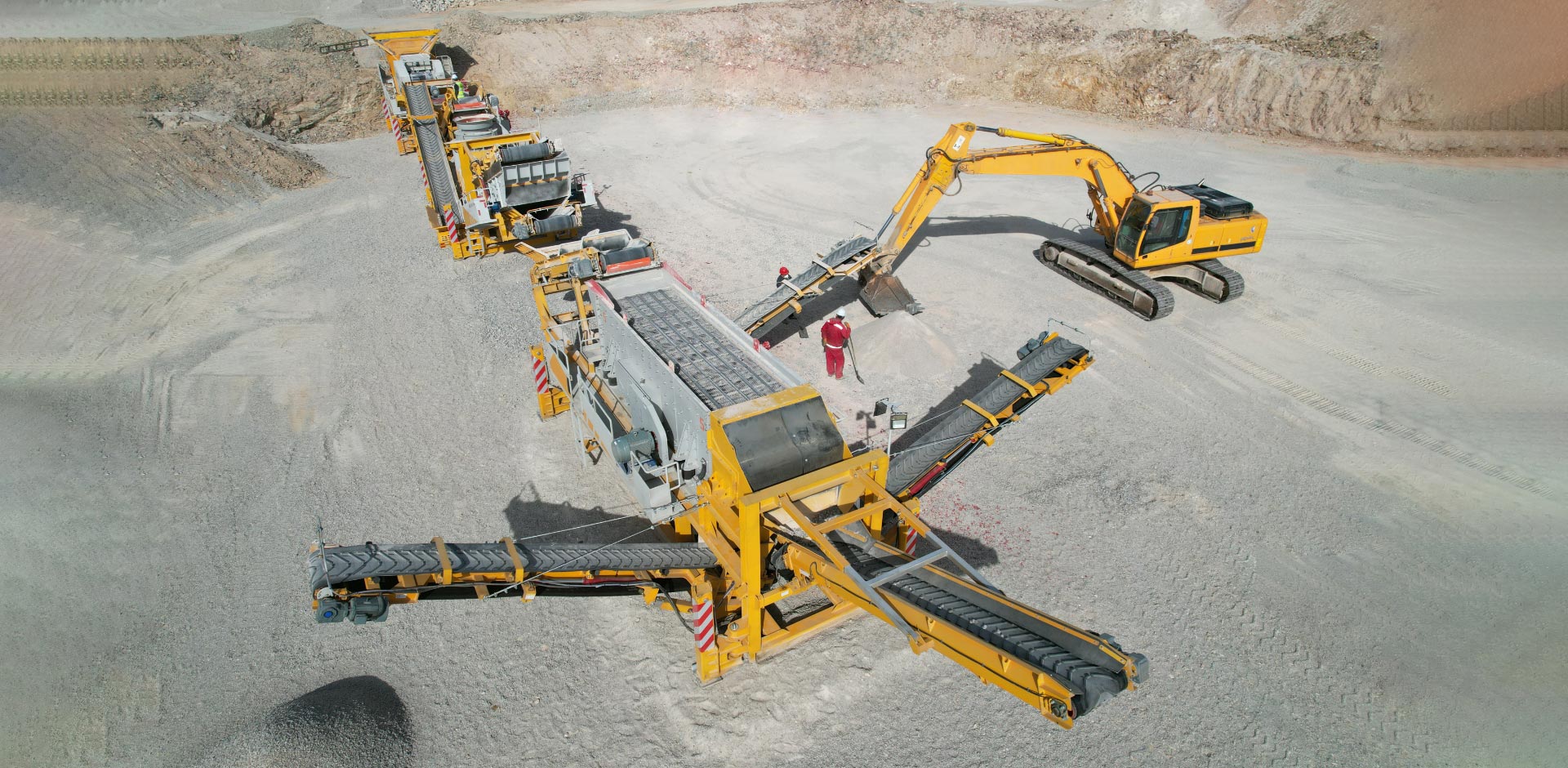The challenge of construction and demolition waste represents a significant hurdle for the modern building industry, demanding solutions that are not only powerful but also remarkably adaptable. At the heart of this recycling revolution lies a pivotal piece of equipment: the mobile impact crusher. While its mobility is visibly advantageous, the true crucible where processing efficiency is forged is hidden within—the rotor. This is not a simple spinning component; it is the very soul of the crushing operation, a meticulously engineered system that dictates the machine’s capability, endurance, and final product quality. The unique design features of modern rotors are what transform heterogeneous and often problematic construction debris into valuable, reusable aggregates, turning an environmental liability into an economic asset. Understanding these features is essential for any operation seeking to optimize its recycling workflow and achieve a new echelon of operational performance.
The Engineering Core: Unpacking Rotor Design and Structural Integrity
The efficacy of an impact crusher in handling unpredictable construction waste is fundamentally dependent on the rotor’s inherent robustness and design philosophy. This component must withstand immense centrifugal forces and the violent, repeated impact of materials ranging from reinforced concrete to brittle asphalt.

A Monolithic Forging for Unyielding Strength
Superior rotors are often crafted from a single, monolithic steel forging. This manufacturing methodology eliminates the structural vulnerabilities inherent in welded assemblies, which can succumb to metal fatigue and cracking under relentless stress. A one-piece forged rotor possesses a homogeneous grain structure, providing an unparalleled tolerance for shock loading. This is not merely about durability; it is about preserving the dynamic balance of the entire machine, which in turn minimizes vibration, protects bearings, and ensures smooth, continuous operation even when processing the most formidable demolition rubble.
Strategic Mass and Inertial Dynamics
The mass of the rotor is a critical, yet frequently overlooked, performance parameter. A rotor with substantial mass acts as a potent flywheel, storing significant kinetic energy. This reservoir of inertia allows the impact crusher machine to maintain consistent rotational speed upon encountering a dense piece of concrete, preventing the stalling or bogging down that plagues lighter, less robust systems. This consistent velocity is paramount for achieving a uniform product size and maintaining a high throughput capacity, ensuring that the recycling process does not become a production bottleneck.

Operational Versatility: The Interplay of Blow Bars and Adjustment Mechanisms
A rotor’s raw power must be harnessed and directed with precision. This is achieved through its interface with the blow bars and the sophisticated systems that govern their operation, granting the machine its remarkable versatility.
Multi-Faceted Blow Bars and Secure Locking
The blow bars are the consumable points of contact, and their design is a study in practical geometry. Many modern systems offer bi-directional or even multi-faceted bars. This feature allows operators to rotate the bars, presenting a fresh, sharp edge to the material stream and dramatically extending service life before replacement is necessary. Furthermore, the mechanism for securing these bars is of utmost importance. Advanced hydraulic or mechanical wedge locking systems on the impact track crusher ensure the blow bars are held with an immovable grip, eliminating the dangerous and inefficient phenomenon of bar movement or ejection during operation.
Rotor Speed Variability and Hydraulic Adjustment
The ability to fine-tune the rotor’s rotational speed is a powerful tool for product control. A higher speed, combined with a lower feed rate, results in a greater number of impacts and a finer, more cubical end product. Conversely, a lower speed is often more effective for processing asphalt or producing a coarser aggregate. This variability, often managed through a simple control panel adjustment, provides operators with the unprecedented agility to respond to changing material feed and product specifications in real time, a crucial capability on a dynamic demolition site.
Practical Outcomes: How Advanced Rotors Transform Recycling Operations
The culmination of these sophisticated rotor features is a tangible, positive impact on the day-to-day realities of construction waste processing. The benefits extend far beyond simple rock breaking.
Elevated Final Product Quality and Value
The consistent, high-energy impact facilitated by a well-designed rotor is the key to producing a clean, well-shaped aggregate. A robust rotor ensures that materials are shattered along their natural cleavage lines, minimizing the generation of elongated, flaky pieces and the internal micro-fractures that weaken the final product. This results in a higher-quality, more cubical aggregate that commands a better price in the market and is structurally superior for use as a base material or in new concrete production.
Mitigating Downtime and Operational Costs
Reliability is the currency of profitability in mobile crushing. The inherent durability of a forged rotor and its secure blow bar system directly translates into reduced mechanical failure. Less vibration means extended bearing life. The ability to rotate blow bars multiplies their usable lifespan. These factors coalesce to create a machine that spends more time processing material and less time undergoing maintenance. This operational consistency is the bedrock of a cost-effective and predictable recycling operation, ensuring that projects stay on schedule and within budget, ultimately transforming the logistical challenge of construction waste recycling into a streamlined and profitable enterprise.
